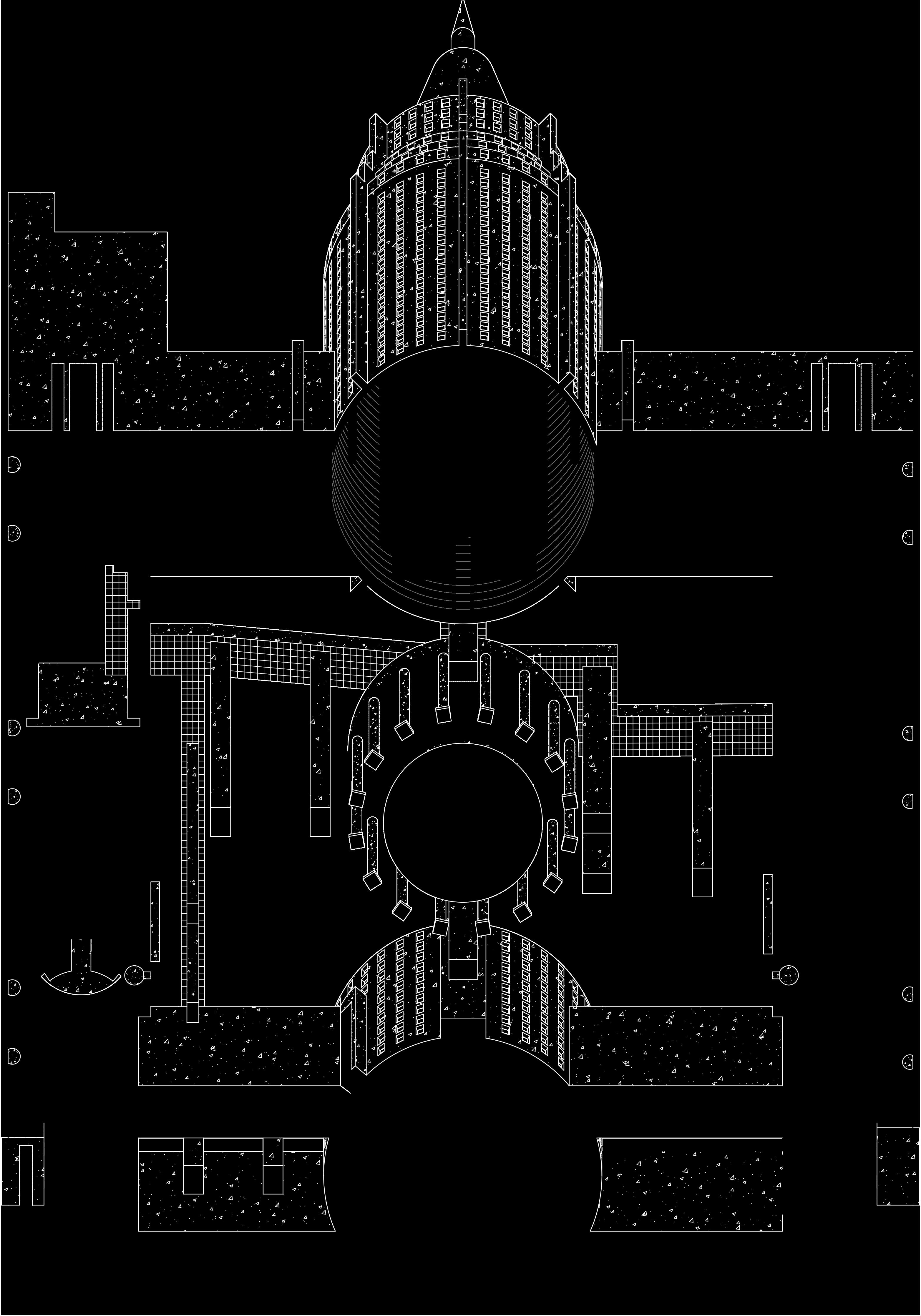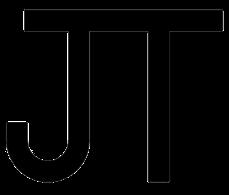Tomshe



Tomshe


Phone (832) 326-2269
Email Jtomshe@icloud.com
Website Jtomshe.com
Education
Bachelor of Architecture Candidate Tulane University, 2020-25
- Cumulative GPA, 3.98
- New Orleans, LA
Work History Internships
Gensler, Architecture Intern; Chicago, IL. | June 2024 - August 2024

- Developed a detailed 3D model of an airport roof of using Grasshopper, integrating complex geometries and design elements to 3d print a physical model.
- Produced visually compelling diagrams for a hospital design competition in Illustrator, effectively communicating key design concepts and strategies.
- Supported the pre-design phase for a plastics manufacturing facility, conducting preliminary planning to establish project feasibility. Also developed initial spatial layouts of rooms and furniture.
Hanbury, Architecture Intern; Norfolk, VA | May 2023 - August 2023
- Worked with six other interns on a research project that examined future development of Virginia Beach; presented to the city council.
- Utilized Lumion to create realistic visualizations for a Tulane dormitory project, enhancing presentations for client and stakeholder review.
- Created detailed elevations for the renovation of a building facade using Rhino, capturing both existing conditions and proposed design updates.
Curious Form, Fabrication Intern; New Orleans, LA | May 2022 - August 2022
- Performed hands-on metalwork, including riveting, grinding, and welding, to fabricate and assemble custom sculptures.
- Gained insight into using Grasshopper in real world applications for custom sculptures.
Tulane University; Research/Teaching
Teaching Assistant, Advanced Digital Media; Tulane University | August 2023 - December 2023
- Course dedicated to teaching Grasshopper for form finding.
Research Assistant, Ruben Garcia; New Orleans, LA | May 2023 - December 2023
- Developing four master plans on the Addis Ababa River in Illustrator.
Research Assistant, NO Office; New Orleans, LA | January 2023 - May 2023
- Made drawings and detailed digital models depicting research using Rhino 7.
- Designed/Fabricated two shelves for an exhibition.
- Modelled/3d printed scale model houses for an exhibition.
2020-24, Richard Koch Arc. Scholarship
2024 Tulane University Ten Student Research Projects, Dezeen
2024 Tulane Architecture Travel Fellowship Grant
2023 Study Architecture Student Showcase - Part XXXIII, Studyarchitecture
2022 CELT Research Grant
2022 Tulane Design Competition, 2nd Place
2021 NEF Design Drafting, 2nd in Nation
2020 Eagle Scout with Bronze Palm Award
2024 Tulane Architecture Curriculum Committee
2024 Tokyo, Japan, Study Abroad
2022-24 Tulane Cycling Club President
2023 Tulane Senior Fund
2021-22 Tulane Architecture Peer Mentor
Software
Rhino 7&8
Revit, User certified
Adobe Photoshop
Adobe Illustrator
Adobe Indesign Blender
V-Ray Grasshopper Creality
As a grounding for the philosophy of my work, I believe that architecture is the embodied existence of our society. Buildings leave a permanent thought on the environment, intentionally crafted through the eyes of the architect. Pulling from all corners of our knowledge and dreams, it synthesizes the arts into one element that acts as the background to the lives of everyone and has the power to address urgent challenges of humankind.





Urban Studio, Third Year Fall
01 02 03 04 05 Intertwining Blocks
Inserted Void
Integrated Studio, Third Year Spring
Jefferson Island Educational Center
Site Strategies Studio, Second Year Fall
Materials of Abolition
Research Studio, Fourth Year Fall
Grant Funded Research
Various Summers
Fall 2022, Studio Project
Professor Ruben Garcia
Los Angeles, California
Tasked with creating an urban catalyst on a previously designed master plan, Intertwining Blocks obtains its program from the historical impact of agriculture in Los Angeles. The proposal connects four rigid blocks with a more organic social condensing space with two circular bridge levels. Lighter elements in the between space allows for a juxtaposition of the four heavy masses. This language of circular geometry sometimes enters into the blocks, breaking up the rigidity of the spaces. Deriving from trees in plan view, the circles are also introduced into the roof section.
The roof contains integrated bioclimatic systems that protect the climate using automated louvres on the north faces that enable ventilation, water collection between valleys, and sun-reflecting louvres. The roof produces a syncopated rhythm due to repetitive louvres, adding distinctive shadow conditions to the interior. However, the facade aims to break up the rhythm with varyingsized stone panels. Some panels were removed for windows, and others on the south facade were turned into farming panels interacting with the farm in front.








Automated panels allow for wind flow while blocking direct sun light.




Professor Cynthia Dubberley
This proposal aims to maximize natural light by inserting a large funnel oriented toward the sun through the center. The idea comes from rarities in the New Orleans grid that create grids inside of grids, which are translated into the concept of a thing within a thing. Elements of the hostel also follow this same general concept, with each room having a disconnected lid that also assists with maximizing natural light. Following through the center of the project is a monumental staircase that weaves through the funnel to the fourth floor. On the project’s North side is a second funnel that voids out a balcony and creates a spatial relationship between the two objects on the interior. Beneath this balcony is a small courtyard with small rain gardens to utilize collected water.
The facade facing each street is made of channel glass and relates to the history of the creation of Jazz on the site. This connection is seen by allowing the facade to take on a “loud” ephemeral appearance at night, but quiet intake of light during the day. The VRF mechanical system tries to hide itself by resting on top of lids on each room, or hovering over the circulation path. Finally, circulation is either found by taking the vertical cores or a monumental stair case which goes through the center of the project and weaves through the funnel.














Fall 2021, Studio Project
Professor Nimet Anwar
Jefferson Island, Louisiana
The site is situated above a three-level abandoned salt mine with an extensive history that once defined the area. Overgrown with trees, the owner removed all the invasive species and has left only plants native to the marshlands. The proposal uses the orientations from the three salt mine levels to create a form that avoids the pre-existing trees to protect the site’s vegetation. By embedding itself into the ground, the museum emulates the experience of the original mine and takes advantage of some of the only elevation changes in south Louisiana.




Fall 2023, Studio Project
Professor Emilie Taylor Welty
Partner, Jackie Sumell - Solitary Gardens
Located at the original solitary garden site, a garden bed that enables incarcerated people to grow their own plants, this project’s goal was to create a structure that harmonizes natural/ sustainable materials with contemporary modes of fabrication. The pavilion utilizes homegrown mycelium tiles for the roof (or “hat” as it’s known in natural building), marine grade plywood that was locally sourced, cob with locally sourced material, and oystercrete with local oysters which acted as the “boots” of the project.
My role in this project was the initial conception of combining the new and old methods of construction together, the initial shape/form of the structure, material selection, growing of mycelium, and final assembly.







Summer 2024, Grant Funded Research
Tulane Architecture Travel Fellowship
Pages: 44, Word Count: 3,900

This booklet investigates Northern European phenomenological architecture, focusing on the sensory and experiential connection between humans and their built environment. Through a travel fellowship, the study examines works by architects like Peter Zumthor and Steven Holl, offering insights into how architectural spaces evoke emotions, embody cultural narratives, and resonate with their contexts. It highlights phenomenology’s role in shaping meaningful, embodied interactions with architecture, proposing it as a foundation for future design practices.



Summer 2022, Grant Funded Research
Tulane Celt Grant, guided by Nimet Anwar
Pages: 106, Word Count: 5,350

For nearly a century, the typical American urban sprawl has become the standard for housing in the United States. However, this form of housing has been criticized in architectural discourse since its first implementation. Presently, concerns about negative impacts on inequality and climate change plague its existence and arise as the catalysts of most arguments against single-family houses. The existing built environment of residential housing has slowly begun to see new, denser proposals take its place. This research aims to study and dissect the new built environment to comprehend contemporary housing standards in cities.


Spring 2023, Research Assistant
NO Office, Nimet Anwar & Omar Ali
Exhibited at Tulane’s Small Center

“Evolutive Housing,” curated by Omar Ali and Nimet Anwar, is a designresearch project initiated by New Orleans-based practice, NO OFFICE. The project considers the effects of gentrification and displacement through the lens of housing in the city of Houston. Housing availability in the city is not unlike the typical offerings of a suburb: single-family homes and multi-family apartment complexes of various sizes and scales, but as housing needs grow Houston is increasingly looking to middle-scale housing types.
After conducting research with Nimet, I was invited to become a research assistant for their exhibition. My main role was as a fabricator, which entailed 3d modeling all the neighbourhoods we were studying, 3d printing them, and designing/constructing the shelves for the gallery.
Student Collaborators: Olivia Vercruysse & Jose Varela Castillo
Exhibit Photography: Jose Cotto




Thank you for your consideration!